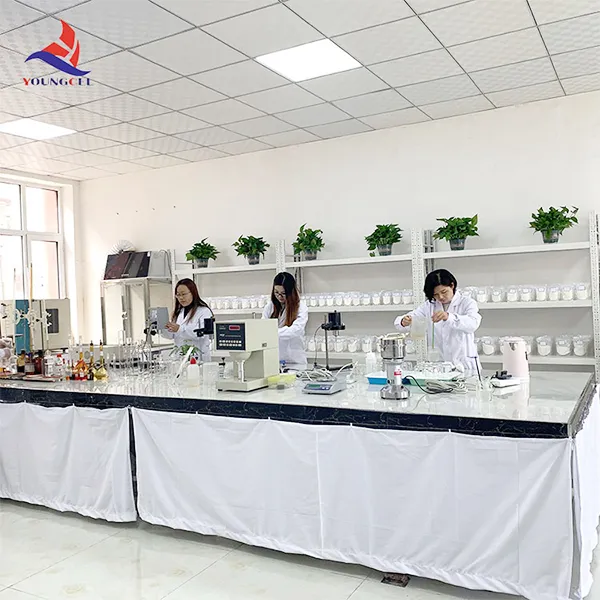HPMC for Gypsum Enhancing Performance and Versatility
Hydroxypropyl Methylcellulose (HPMC) has become an essential ingredient in various construction materials, particularly in gypsum-based products. With its remarkable properties, HPMC significantly improves the performance, workability, and versatility of gypsum applications. This article delves into the advantages of using HPMC in gypsum formulations and discusses its effects on the overall quality and finish of gypsum products.
HPMC for Gypsum Enhancing Performance and Versatility
One of the primary benefits of incorporating HPMC in gypsum products is its ability to improve water retention. Gypsum itself has a relatively high hydration rate, which can lead to rapid drying and cracking if not properly managed. HPMC helps retain moisture longer during the setting process, thus providing ample working time and reducing the risk of shrinkage cracks. This feature is particularly beneficial in varying environmental conditions, where humidity and temperature can fluctuate significantly. Builders can work more efficiently without the constant worry of losing workable time due to rapid drying.
hpmc for gypsum

Additionally, HPMC enhances the adhesion properties of gypsum-based products. When used as an additive in wall plasters and tile adhesives, it allows better bonding to various substrates, including concrete, brick, and plasterboard. The improved adhesion contributes to the durability and longevity of finished surfaces, ensuring that they withstand external stress and environmental conditions over time. This is particularly important in high-demand areas such as wet rooms and external facades.
Moreover, HPMC contributes to the overall flexibility of gypsum products. This flexibility allows for a certain degree of movement and deformation without compromising structural integrity. As buildings settle or expand due to temperature changes, HPMC-modified gypsum can better accommodate these shifts, minimizing the potential for damage and maintaining aesthetic appeal.
Another significant advantage of using HPMC is its ability to enhance the workability of gypsum formulations. Workers can achieve a finer finish with less effort, leading to improved surface quality. The application of HPMC can result in a reduction of air bubbles in plasters and mortars, thus providing a smoother and more visually appealing surface that requires less finishing work.
In conclusion, the incorporation of Hydroxypropyl Methylcellulose in gypsum products has revolutionized the construction industry by improving performance, workability, and durability. With its ability to enhance water retention, adhesion, and flexibility, HPMC is an invaluable additive for both manufacturers and builders. As the demand for high-quality construction materials continues to grow, the role of HPMC in gypsum applications will undoubtedly become increasingly vital, paving the way for more innovative and efficient building solutions.
-
Rdp Powder: Key Considerations for Wholesalers in the Building Materials IndustryNewsJul.08,2025
-
Key Considerations for Wholesalers: Navigating the World of Hpmc - Based ProductsNewsJul.08,2025
-
Hpmc Detergent: Key Considerations for WholesalersNewsJul.08,2025
-
Key Considerations for Wholesalers: China Hpmc For Tile Adhesive, Coating Additives, Concrete Additives, and MoreNewsJul.08,2025
-
Crucial Considerations for Wholesalers: Navigating the World of Construction MaterialsNewsJul.08,2025
-
Key Considerations for Wholesalers Sourcing Additive For Cement, Additive For Concrete, Additive For Putty from Additive Manufacturer Shijiazhuang Gaocheng District Yongfeng Cellulose Co., Ltd.NewsJul.08,2025




